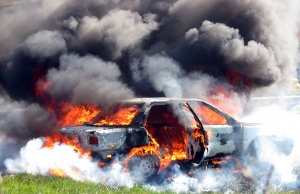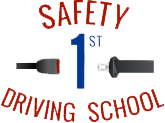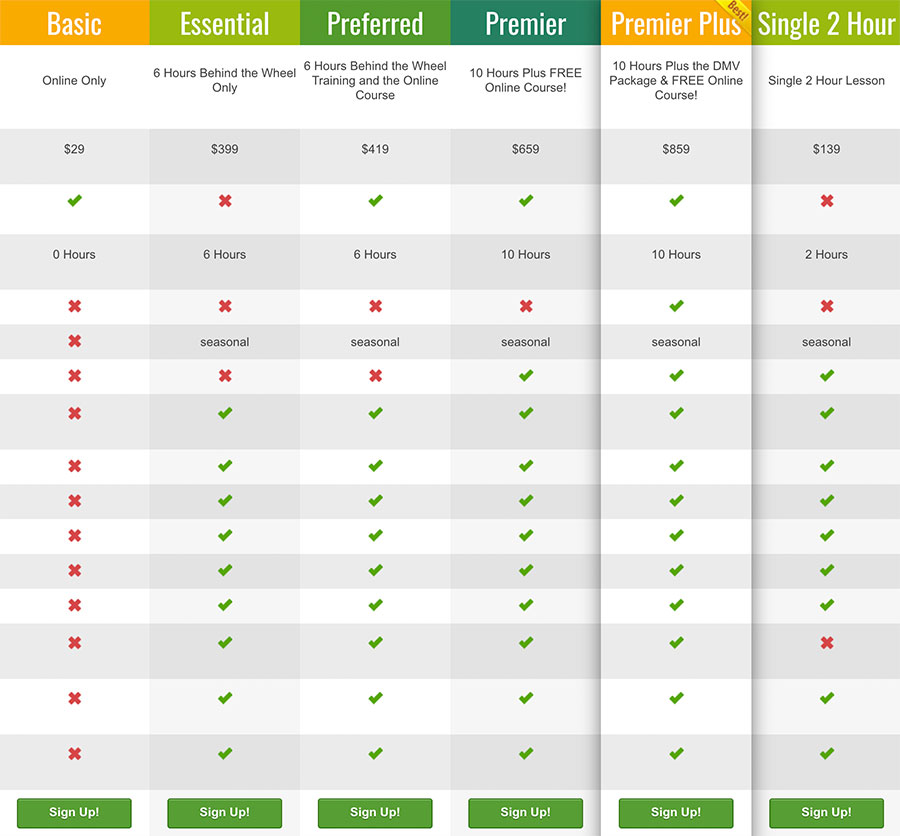 What should you do if your car catches on fire? Have you ever thought of that?
What should you do if your car catches on fire? Have you ever thought of that?
Well, you should think about it, because statistics show car fires are more common than you might think.
According to the National Fire Protection Association (NFPA), 33 car fires are reported every hour in the U.S.
Who is most likely to experience a car fire? Our least experienced drivers, of course! Teenagers and young adults are at the highest risk of a car fire. But it doesn’t just happen to young people.
Just yesterday a truck caught fire near East Coast Highway in Corona Del Mar. The truck stalled and its owner, an elderly man, got out but didn’t put the truck in park, so it continued rolling into the highway. Fortunately a bystander threw something under the tires so it stopped rolling – just in time to prevent what could have been a very dangerous situation.
So for all you Corona Del Mar drivers, and drivers all over Orange County – here are some tips from the National Safety Council for preventing car fires, and what to do if your car catches fire.
How to Prevent Car Fires
Fortunately, most car fires can be prevented by safe driving and regular car maintenance.
Most car fires are caused by fuel line malfunctions or split fuel pipes. Take your car in for a tune-up at least once a year. If you smell something burning or experience blown fuses, take your car to a trusted mechanic as soon as possible. (We recommend Finishline Auto Repair in Mission Viejo. They service all our behind-the-wheel instruction cars.)
It’s never a bad idea to carry a fire extinguisher in your trunk. (See below for how to use it.)
To prevent a full-blown fire (if you see smoke or smell something burning), pull over and shut off the engine to stop the flow of fuel.
What to Do if Your Car Catches Fire
If you smell something burning or see smoke coming from your hood, signal and pull safely to the side of the road. Don’t try to get to your destination first, just pull over.
Shut off the engine. This will stop the flow of fuel, which can prevent a full-blown fire from occurring. Get yourself and all passengers out of the car, and move to a safe place as far away from the car as possible, at least 150 feet away. Call 911. If you have one available, use a signal to let other drivers know your car is stopped on the side of the road.
Use of Fire Extinguisher: If you see smoke coming from the hood – but no flames – you may crack open the hood (Don’t open it all the way! Oxygen may cause flames to ignite) and use the fire extinguisher from a few feet away.
NOTE: If smoke or fire is coming from the rear of the car, DO NOT attempt to extinguish it. Immediately get as far away from the car as possible and call 911.
When in doubt, pull over and call 911 to dispatch the fire department. It’s not worth the risk!


